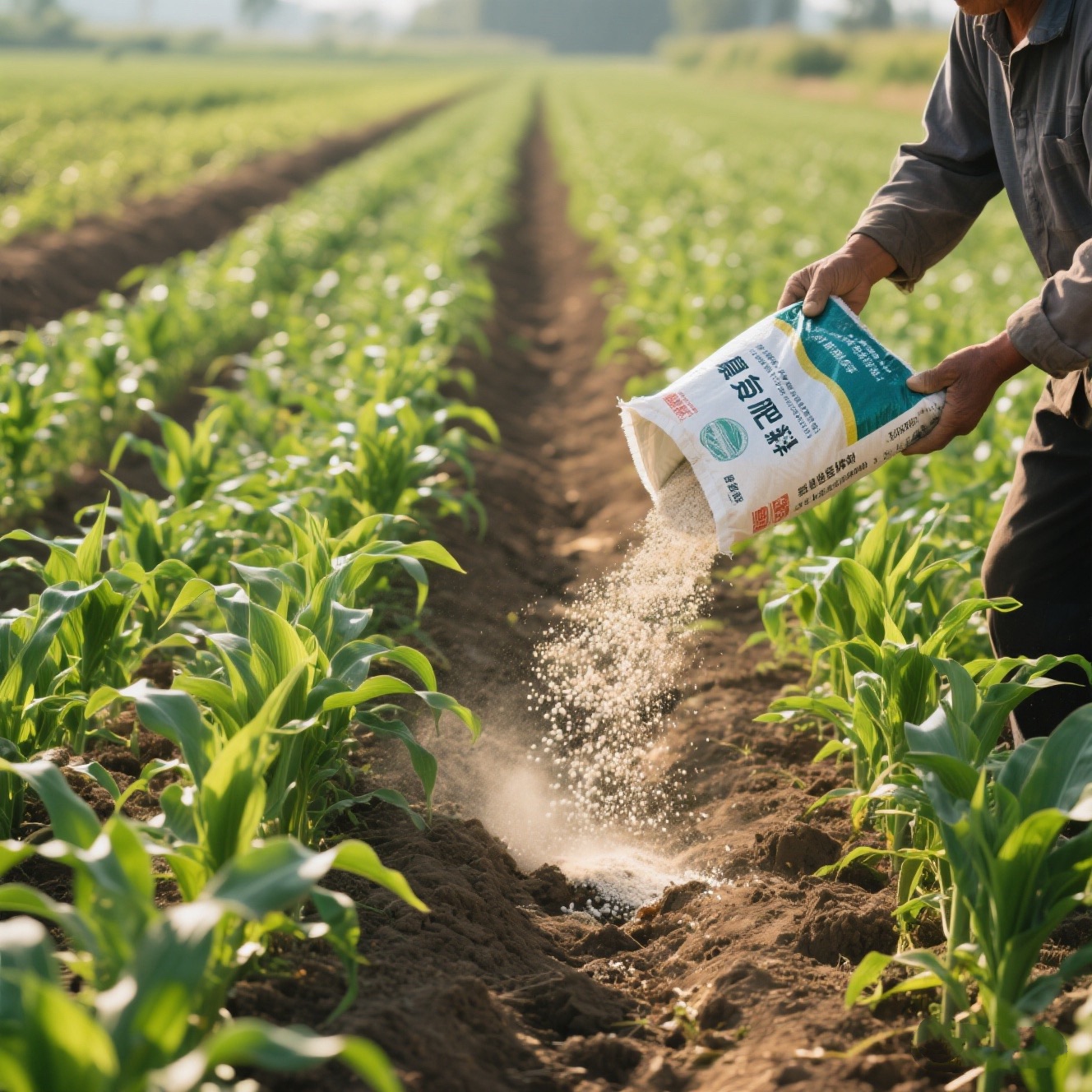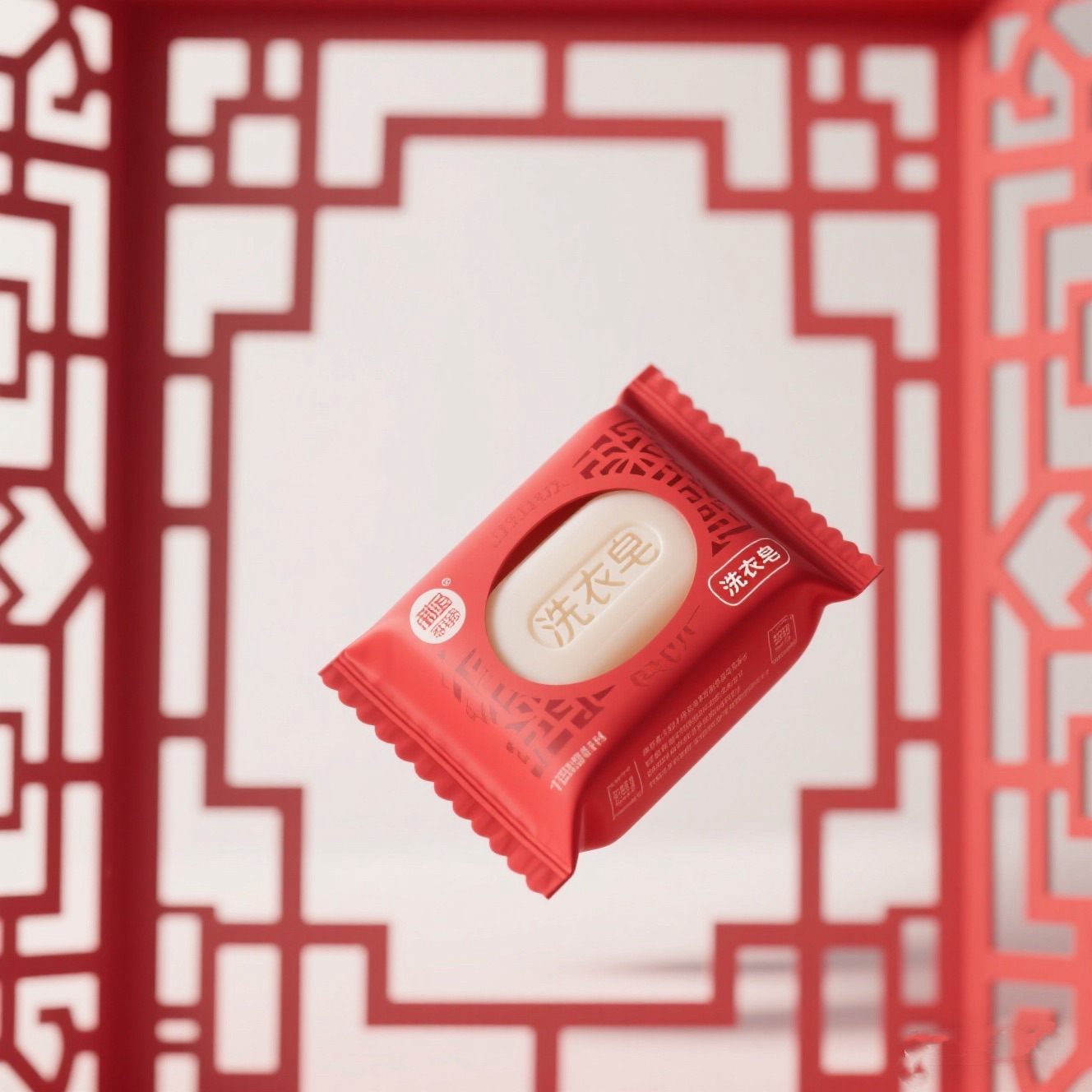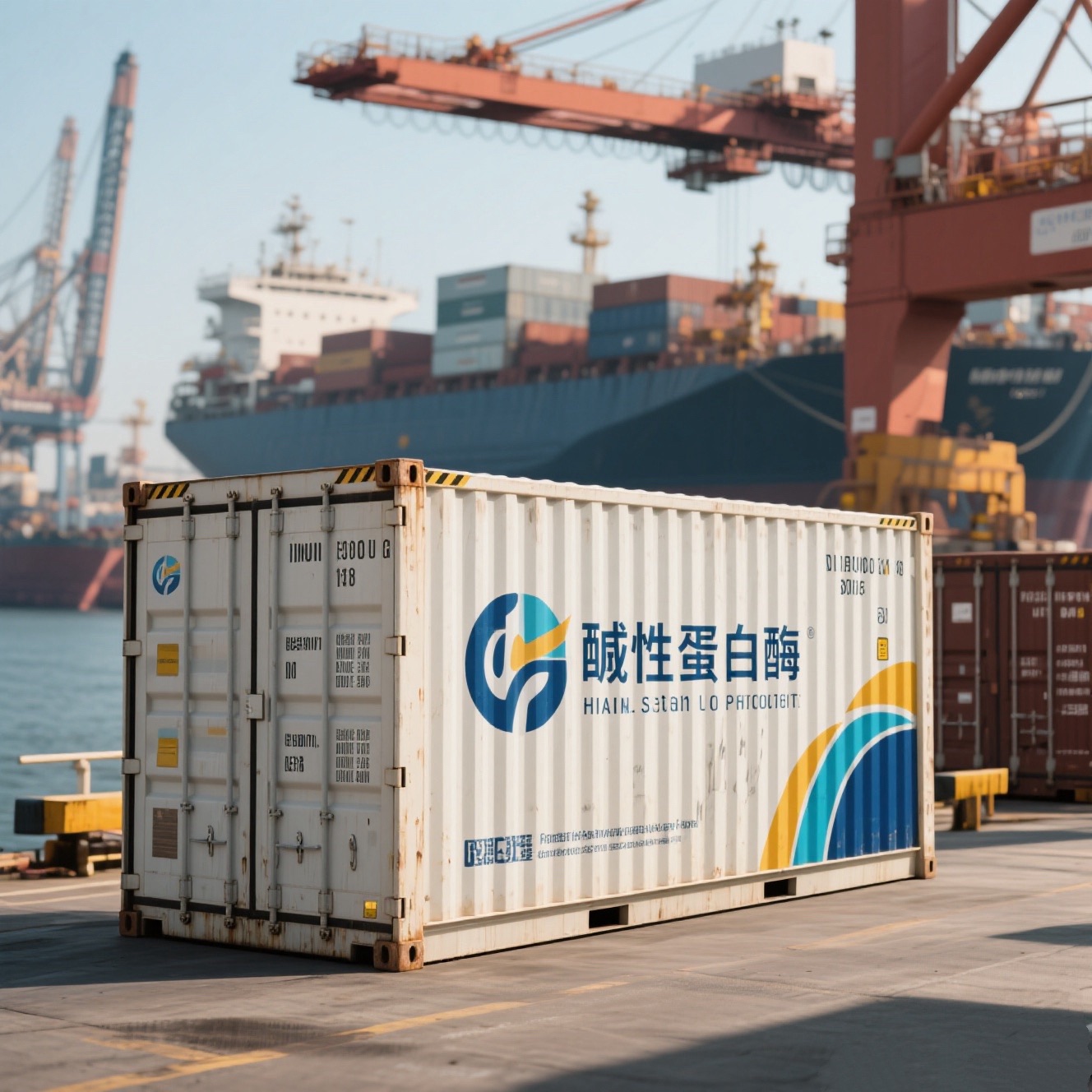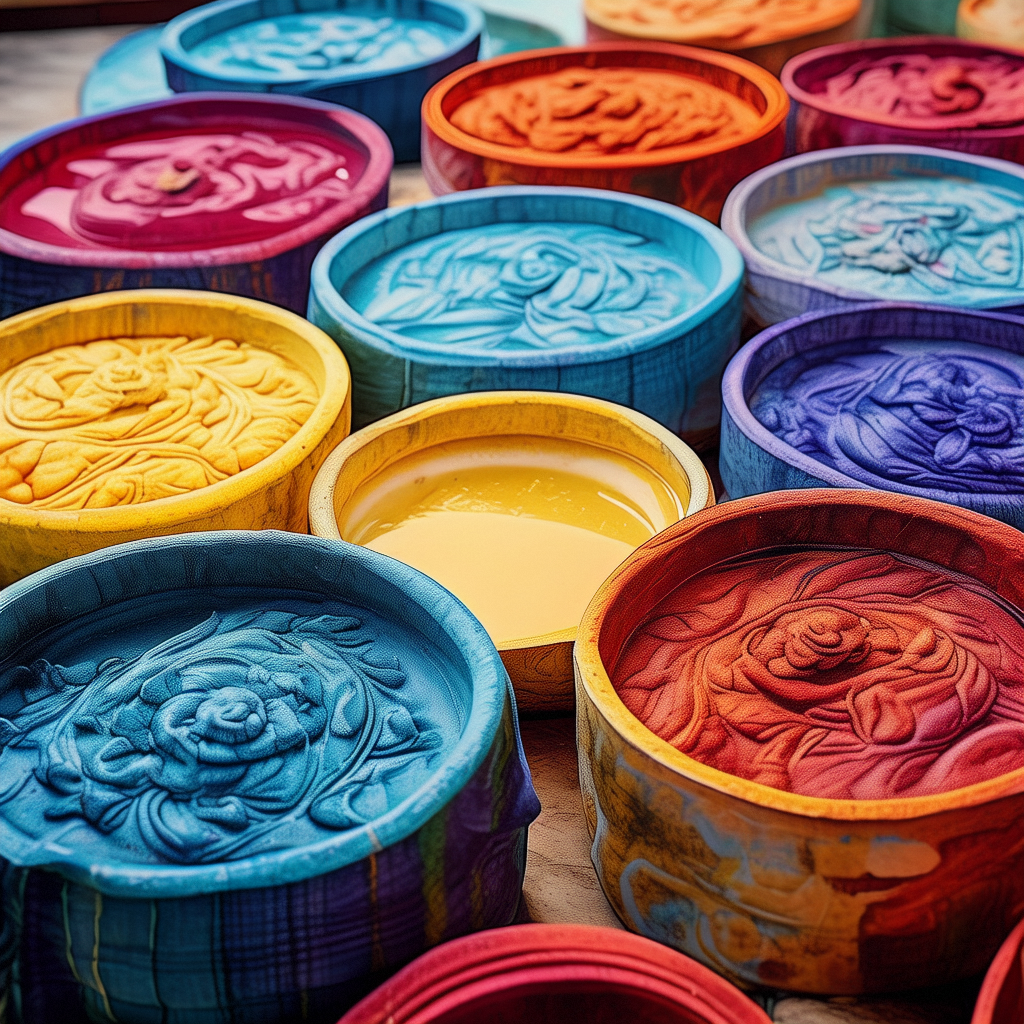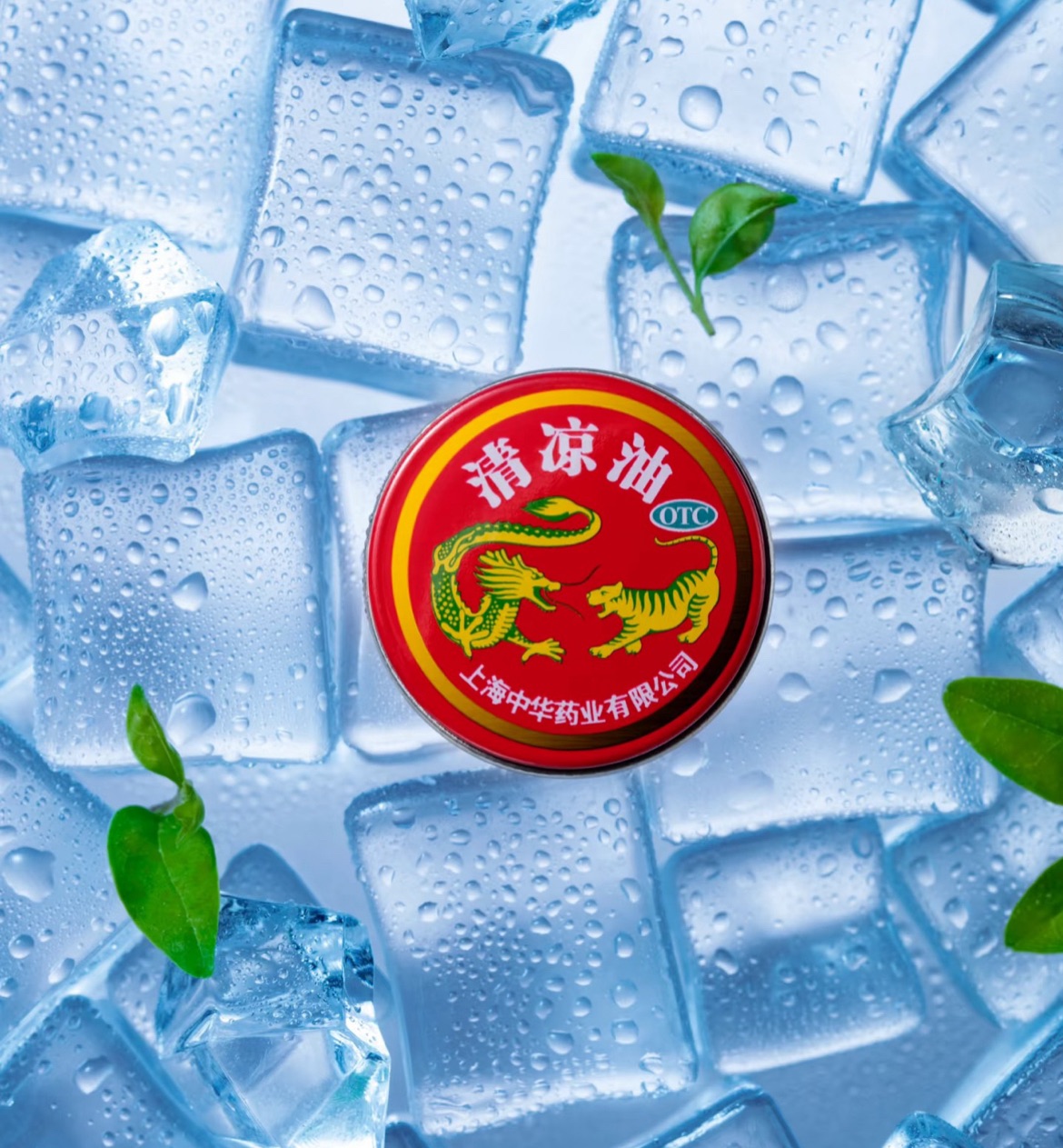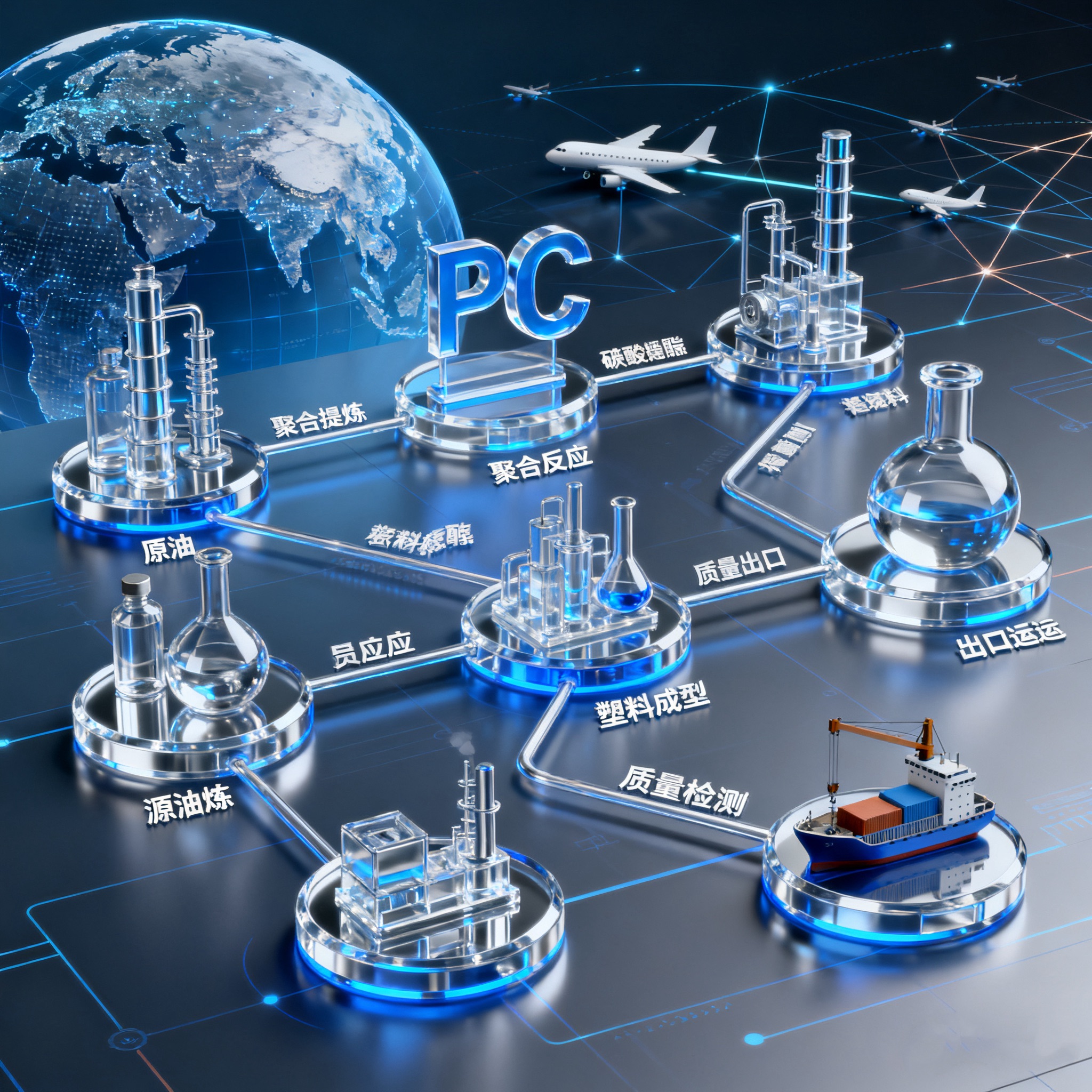
Analysis of China's Polycarbonate Export Data in the First Half of 2025
“China's PC industry has been developing rapidly. By the end of 2024, domestic production capacity reached 3.81 million tons, with an output of 2.3 million tons. The compound annual growth rates (CAGR) over the past five years were 20% and 31%, respectively. The global polycarbonate market is projected to reach $17.987 billion in 2025 and $24.924 billion by 2032, with a CAGR of 4.77%.”
Polycarbonate (abbreviated as PC) is a key raw material in the engineering plastics industry chain. From unbreakable phone cases to microwave-safe food containers; from translucent and wind-resistant roofing panels to sun-resistant car sunroofs—these seemingly unrelated products all rely on this "versatile" material.
China's PC industry has been developing rapidly. By the end of 2024, domestic production capacity reached 3.81 million tons, with an output of 2.3 million tons. The compound annual growth rates (CAGR) over the past five years were 20% and 31%, respectively. The global polycarbonate market is projected to reach $17.987 billion in 2025 and $24.924 billion by 2032, with a CAGR of 4.77%.
China's Polycarbonate Export Performance in the First Half of 2025
According to customs data, from January to June 2025, China's exports of polycarbonate (HS Code: 39074000, polycarbonate in primary forms) reached approximately $636 million, an increase of $96.58 million compared to the same period last year, representing a year-on-year growth of 17.91%.
In terms of average export price, the average export price of Chinese polycarbonate from January to June 2025 was $2.26/kg, a decrease of 1.23% year-on-year. The slight decline in the average export price during the first half of 2025 was mainly due to the continued expansion of domestic polycarbonate production capacity, which increased by 10% year-on-year, leading to a supply-demand imbalance. To alleviate inventory pressure, companies reduced prices to boost exports and digest excess capacity. Additionally, the decline in the price of bisphenol A, a key raw material, reduced production costs. Stagnant demand in the automotive and electronics sectors in Europe and the United States, coupled with tariff barriers limiting high-end exports, shifted the focus of polycarbonate exports to price-sensitive markets such as Southeast Asia, where the proportion of low-end products increased, pulling down the overall average price.
By export destination, Vietnam was the largest export market for Chinese polycarbonate from January to June 2025, with export value reaching $120 million, followed by Taiwan, China, and South Korea, with export values of $61.65 million and $48.02 million, respectively. Among these, exports to Singapore increased by 68.42% year-on-year during the same period. This growth can be attributed to Singapore's role as a key manufacturing hub in Southeast Asia, with rapid development in industries such as electronics and automotive. In 2025, Singapore's electronics manufacturing industry accelerated its transition to high-end production, leading to sustained growth in demand for polycarbonate. The upgraded protocol of the China-Singapore Free Trade Agreement, which came into effect in December 2024, reduced compliance costs for Chinese polycarbonate exports to Singapore. Furthermore, leveraging its status as a free trade port and the Pacific Alliance-Singapore Free Trade Agreement (PASFTA) effective May 2025, Singapore has become a springboard for Chinese polycarbonate to access Southeast Asian and Latin American markets.
In terms of specific countries and regions, from January to June 2025, China exported polycarbonate to 97 countries and regions, an increase of 5 compared to the same period in 2024. Nearly 70% of these markets experienced positive year-on-year growth in export value. Among the top 20 export markets, 11 saw export growth exceeding 10%, and 3 markets achieved growth rates of over 60%.
From a regional perspective, Asia is the primary destination for China's polycarbonate exports, accounting for 78.74% of total export volume. From January to June 2025, exports to Asia reached $501 million, a year-on-year increase of 17.14%; exports to Europe reached $63.98 million, up 44.98%; exports to Latin America reached $54.76 million, up 7.14%; exports to North America reached $6.97 million, up 3.54%; exports to Oceania reached $810,000, up 62.80%. The only continent experiencing a decline was Africa, with exports totaling $8.62 million, a decrease of 7.98% year-on-year.
In terms of major exporting provinces and municipalities, the top five regions by export value from January to June 2025 were Shanghai, Guangdong, Shandong, Zhejiang, and Jiangsu, collectively accounting for 90.17% of total exports. They were followed by Fujian, Liaoning, Hunan, Henan, and Beijing, with export values of $8.83 million, $6.73 million, $6.62 million, $5.36 million, and $5.23 million, respectively.
Global Market Distribution and Characteristics of Polycarbonate
Industry Chain Overview
Upstream: Raw Materials
The upstream segment includes raw materials such as bisphenol A, phosgene, DMC (dimethyl carbonate), and innovation in raw materials.
Representative enterprises: Covestro, Saudi Aramco, Chang Chun Group, Sinopec, Wanhua Chemical, Lihuayi Weiyuan, etc.
Midstream: Production
The midstream segment involves polycarbonate production, with processes including interfacial phosgenation and transesterification.
Representative enterprises: Wanhua Chemical, Zhejiang Tafeng, Cangzhou Dahua, Teijin, Trinseo, Covestro, Mitsubishi Chemical, etc.
Downstream: Applications
Polycarbonate is widely used in downstream applications such as electronics and electrical appliances, sheets/plates/films, automotive industries, and more.
Global Major Consumption Markets
Asian Market: The Largest Consumer Market
Asia is the world's largest consumer market for polycarbonate, with China being the largest single market and a hub for industrial innovation. The demand for polycarbonate in Asia is driven by the electronics and electrical industry, automotive sector, infrastructure development, industrialization, and urbanization.
European Market: Green Regulations Leading Transformation
In Europe, construction, electronics, and automotive are the main demand sectors. The EU's Ecodesign for Sustainable Products Regulation promotes the application of bio-based PC and recycled materials.
North American Market: High-End Manufacturing and Supply Chain Restructuring
Electronics, automotive, and medical sectors are the core demand areas for polycarbonate in North America. The United States is the core market, and due to tariff impacts, its polycarbonate supply chain is shifting to Vietnam.
Emerging Markets: Rising Demand
Emerging markets such as the Middle East and Africa, though relatively small in scale, show significant growth potential. Demand for polycarbonate is expected to increase steadily, driven by urbanization and infrastructure development.
Market Development Suggestions for Polycarbonate Enterprises
Based on the export performance in the first half of 2025, Asian countries including Vietnam, South Korea, India, and Thailand remain the primary export destinations for Chinese polycarbonate. The growing demand in markets such as Western Europe, Central and Eastern Europe, and Africa should not be overlooked for future growth potential.
Polycarbonate enterprises should focus on markets such as Vietnam, India, Singapore, Cambodia, Slovenia, the United Kingdom, Belgium, Uzbekistan, and Germany. Taking Vietnam as an example, the recent import trade dynamics of polycarbonate from China can be clearly observed through Big Trade Data Ltd.'s big data artificial intelligence DaaS system.
Precautions for Polycarbonate Exports
Regulatory and Certification Compliance
Core Requirements for the EU Market
● REACH Regulation: All PC products must undergo pre-registration or registration. High-risk substances (e.g., bisphenol A) must comply with Annex XVII restrictions. (EU) 2024/3190, effective January 2025, completely prohibits BPA in food contact materials, with a transition period until July 2026.
● RoHS Directive: Restricts hazardous substances such as lead and mercury. Electronic and electrical PC components must provide test reports.
● Food Contact Certification: Must comply with EU10/2011 standards, with bisphenol A migration ≤0.6 mg/kg; exports to Germany require additional LFGB certification, with 22 aromatic amines undetectable.
Key Standards for the North American Market
● FDA Certification: Food contact PC must comply with 21CFR177.1580, with bisphenol A migration ≤0.6 ppm. BPA is prohibited in infant products.
● UL Certification: Electronic and electrical PC must pass UL94 flame retardancy tests. Automotive components must comply with FMVSS302 combustion standards.
Southeast Asia and Emerging Markets
● Malaysia: Prohibits the import of BPA-containing PC baby bottles. Food contact materials must comply with MS1500:2019 halal certification.
● Thailand: Must comply with MOPH Notification No. 435 B.E. 2565, with heavy metal migration limits consistent with EU standards.
● Indonesia: Food contact PC requires SNI certification and information on the raw material condensation process.
Special Application Areas
● Medical Grade PC: Must comply with ISO10993 biocompatibility testing. Some countries (e.g., Japan) require PMDA certification.
● Aerospace Materials: Must meet the "Technical Specification for Optical-Grade Aerospace Polycarbonate Materials." Optical performance must pass MIL-E-9500 solvent stress testing.
Trade Policies and Tariffs
Mexico Investigation: In March 2025, Mexico initiated an anti-dumping investigation on finished and semi-finished polycarbonate sheets (Spanish: láminas de policarbonato) originating from China. The dumping investigation period covers June 2023 to May 2024.
Export Tax Rebates: Chinese PC pellets (HS 3907400010) enjoy a 13% tax rebate, with a 13% VAT rate. Accurate declaration of product composition (e.g., pure PC ≥99%) is required.
Import Tariffs: The EU's most-favored-nation tariff rate is 6.5%, while the U.S. rate is 5.3%. Some free trade agreements (e.g., RCEP) allow for tariff reductions.
China-ASEAN Free Trade Agreement: After the implementation of RCEP, zero tariffs are gradually being applied. For Indonesia, a regional value content (RVC) ≥40% qualifies for zero tariffs. For Malaysia and Thailand, tariffs on PC raw materials have been reduced from 8% to 2%, while finished product tariffs range from 5% to 7%.
EU Origin Declaration: The use of non-EU raw materials must comply with "processing criteria," such as achieving a "chemical modification" threshold for modified PC.
Logistics and Transportation
Packaging and Transportation Standards
● General Requirements: Particles must be sealed in moisture-proof aluminum foil bags, with outer boxes labeled "moisture-proof" and "sun-proof." Sheets must be wrapped in PE film with edge protectors, complying with JGT116-2012 standards.
● Temperature Control: Recommended transportation temperature is -40°C to 60°C. Avoid direct sunlight to prevent yellowing.
● Hazardous Goods Classification: Ordinary PC is not classified as hazardous, but products containing flame retardants (e.g., brominated) must be declared under UN3077.
Documents and Certificates
● Basic Documents: Commercial invoice (must specify material and application), packing list, certificate of origin, bill of lading.
● Compliance Documents: REACH registration certificate, FDA compliance declaration, SDS safety data sheet, RoHS test report.
● Special Documents: Medical-grade PC requires ISO13485 certification. Food contact products require EU10/2011 compliance declaration.
Driven by the ongoing trend of automotive lightweighting, the emergence of new application scenarios, and the rapid development of the artificial intelligence industry, China's polycarbonate market holds significant growth potential in the future.
Although China's polycarbonate production capacity already accounts for half of the global total, it faces multiple challenges, including "low-end internal competition, rising compliance costs, and competition from alternative materials." Under the impetus of industrial upgrading and new application areas, Chinese polycarbonate enterprises must not only monitor the latest international trade data changes but also break through high-end barriers through technological innovation, produce high-performance specialty products, and achieve industrial chain synergy to navigate cycles and enjoy future growth dividends.
As a leading provider of business intelligence systems for foreign trade big data, Big Trade Data Ltd. has been deeply engaged in the field of foreign trade big data for 21 years, serving over 120,000 enterprises. It provides precise and efficient global foreign trade big data solutions for global foreign trade enterprises and related clients in the industrial chain.


